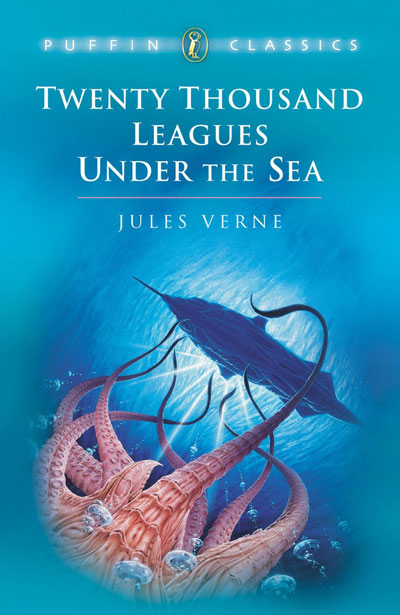Have you ever gazed into the deep blue expanse of the ocean and wondered what lies beneath the surface? Imagine encountering strange creatures, lost civilizations, and astounding adventures hidden in the watery depths. This whimsical notion is vividly brought to life in Jules Verne’s classic novel, “20000 Leagues Under the Sea,” a pioneering work in the science fiction genre that invites readers to embark on an extraordinary voyage of discovery.
Penned in the 19th century, the novel transcends time and space, drawing readers into a world filled with marvels and enigmas. Verne’s intricate narrative weaves together the elements of exploration, technological innovation, and the enduring battle between man and nature. As we immerse ourselves in this literary ocean, let us dissect the themes, characters, and the overarching philosophy that defines this timeless tale.
At the heart of the story is Captain Nemo, an enigmatic and brooding figure whose complex personality serves as the linchpin of the narrative. He commands the Nautilus, a technologically advanced submarine that epitomizes mankind’s aspirations and fears regarding the uncharted waters of the deep. But who is Nemo, really? Is he a hero or a villain? This unsettling ambivalence invites readers to engage in a profound exploration of morality, freedom, and vengeance in a world where the boundaries of right and wrong blur like murky waters.
Verne artfully sets the stage with his three principal characters: Professor Aronnax, a curious yet cautious naturalist; Conseil, his loyal and steadfast servant; and Ned Land, a bold Canadian whaler whose zest for life contrasts sharply with Nemo’s melancholy demeanor. These characters not only serve as guides through the haunting depths of the oceans but also embody disparate human philosophies. With every page, we are urged to ponder: Which perspective resonates most with us? And how do we reconcile our thirst for discovery with the ethical implications of our pursuits?
As the Nautilus embarks on its underwater adventure, Verne provides readers with a vivid and captivating depiction of the ocean’s wonders. The narrative seamlessly traverses through technicolor marine landscapes, showcasing a rich tapestry of marine life, underwater volcanoes, and mythical sea creatures. Verne’s mastery of detail is a double-edged sword; it elevates the reader’s experience, immersing them in an extraordinary world, while also posing a challenge. How can we fathom the unfathomable? How can our limited understanding ever fully grasp the intricate complexities of such a vast ecosystem?
Throughout the novel, Verne’s foresight and imagination shine through in the depiction of the submarine’s technology. The Nautilus is not merely a vessel; it represents humanity’s relentless quest for advancement and exploration. However, this progress comes with dire consequences, as the characters grapple with existential questions about the implications of their technological prowess. Are we, like the crew of the Nautilus, destined to navigate through life with a technological compass, or will we succumb to the perils of our own inventions?
And then there’s the overarching theme of freedom. Captain Nemo, the personification of free will, has cast off the shackles of society, eschewing civilization for a life beneath the waves. Yet, this autonomy comes at a steep price. As readers journey alongside Nemo, we are prompted to reflect on our own desires for liberation versus the responsibilities that anchor us to our communities. How does one achieve liberation without isolating oneself from humanity? What cost does one bear for true freedom?
The narrative structure is replete with vivid illustrations that whisk us away on subaquatic escapades, yet it is Verne’s remarkable ability to fuse fact with fiction that renders “20000 Leagues Under the Sea” an enduring masterpiece. As we traverse the chapters, we are not merely passive observers; we are invited to engage critically with the text, questioning the morality of scientific progress and the repercussions of delving into mysteries best left untouched.
Regardless of the context in which we read this book—whether as a child spellbound by tales of adventure or as an adult grappling with the complexities of modern life—the themes resonate on multiple levels. From camaraderie and conflict to nature’s unyielding beauty and fury, the book serves as a microcosm of life’s multifaceted essence. Verne’s lyrical prose ignites the imagination while simultaneously igniting inquisitive thoughts that linger long after the final chapter is closed.
In conclusion, “20000 Leagues Under the Sea” is more than just an adventurous tale of underwater escapism; it is a profound exploration of the human condition and our relationship with the world around us. It urges us to question our limits, our courage, and our understanding of what lies beneath the surface. So, the next time you find yourself gazing into the abyss, ask yourself: Are you ready to dive into the unknown? Are you prepared to confront the wonders and horrors that lurk in the depths? The sea awaits, and with it, the promise of discovery and enlightenment that is simply irresistible.
